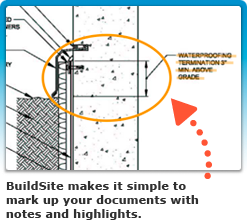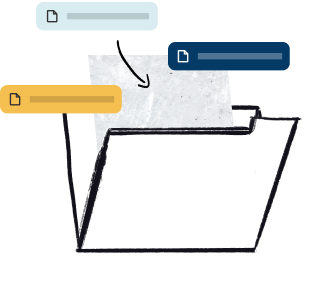Abstract
This specification covers calcined gypsum mixed at the mill with other ingredients to control working quality and setting time; specifically designed as a veneer plaster to be applied over gypsum base for veneer plasters, masonry or concrete surfaces, providing a surface ready for decoration. In addition, this specification covers test methods for determining the physical properties of gypsum veneer plasters. Veneer plasters shall be tested and shall conform to specified values of joint strength, bond strength, impact strength, and flexure.
This abstract is a brief summary of the referenced standard. It is informational only and not an official part of the standard; the full text of the standard itself must be referred to for its use and application. ASTM does not give any warranty express or implied or make any representation that the contents of this abstract are accurate, complete or up to date.
1. Scope
1.1 This specification covers calcined gypsum mixed at the mill with other ingredients to control working quality and setting time; specifically designed as a veneer plaster to be applied over gypsum base for veneer plasters, masonry or concrete surfaces to a maximum thickness of 1/4 in. (6.4 mm) providing a surface ready for decoration.
Note 1—Specification C843 contains application procedures for gypsum veneer plaster.
1.2 This specification covers test methods for determining the physical properties of gypsum veneer plasters and sets forth minimum requirements that must be met.
1.3 The values stated in inch-pound units are to be regarded as standard. The values given in parentheses are mathematical conversions to SI units that are provided for information only and are not considered standard.
1.4 The text of this standard references notes and footnotes which provide explanatory material. These notes and footnotes shall not be considered as requirements of the standard.
1.5 The following safety hazards caveat applies only to the Test Methods portion, Section 5 of this specification: This standard does not purport to address all of the safety concerns, if any, associated with its use. It is the responsibility of the user of this standard to establish appropriate safety and health practices and determine the applicability of regulatory limitations prior to use.
Reproduced, with permission, from the ASTM International website, copyright ASTM International, 100 Barr Harbor Drive, West Conshohocken, PA 19428. To purchase the complete standard, go to http://www.astm.org/.



